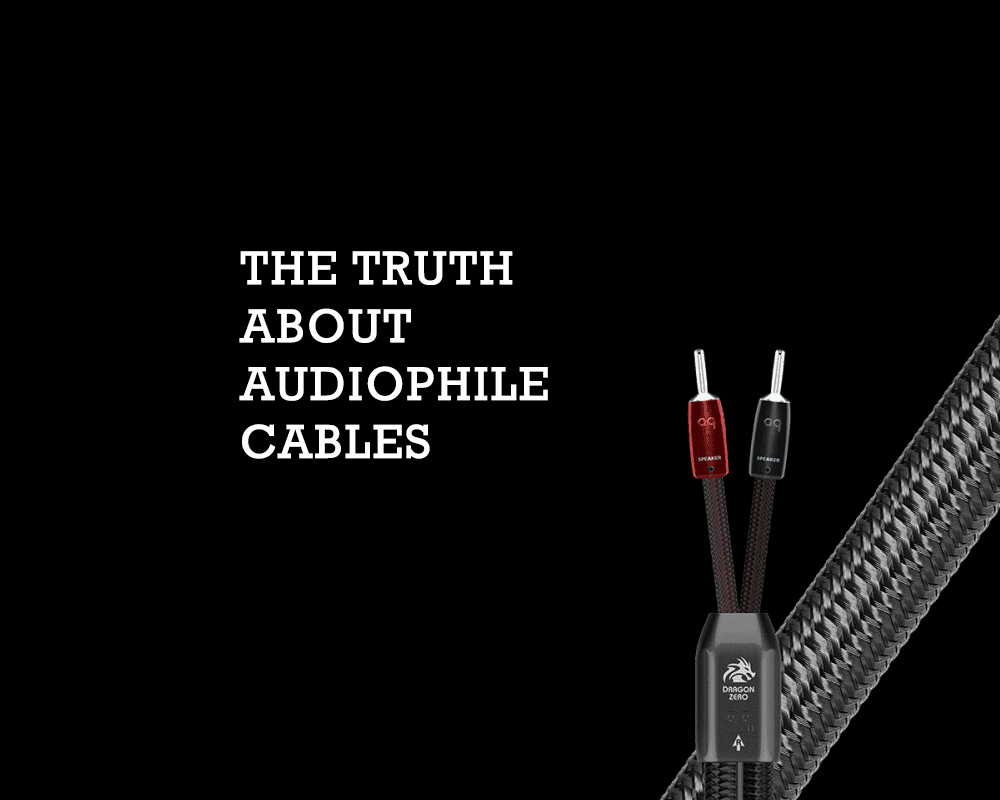Oh boy, let’s talk about the “truth” of audiophile cables. These fancy cables have been the topic of heated debates for years, but do they really make a difference? Well, let’s dig in and find out.
First off, cables are like the middleman in an audio system. They’re responsible for transmitting an electrical signal from one component to another. The key to a good cable is low resistance, low capacitance, and low inductance – basically, they should transmit the signal without adding any interference.
Audiophile cable enthusiasts claim that their cables have higher quality construction, better shielding, and purer conductors, which supposedly result in better sound quality. They say these cables can improve the soundstage, dynamics, and tonality of music.
But let’s face it, the difference between audiophile cables and standard cables is often minimal. Some experts even say that any perceived improvement in sound quality is due to the placebo effect – people think it sounds better because they believe it should.
Manufacturers of Hifi gear mitigate the need for expensive audiophile cables.
And let’s not forget that high-end audio systems are already designed to work with standard cables. Manufacturers spend a lot of time and effort designing their systems to work optimally with what comes in the box.
But wait, there’s more! Audiophile cables can cost a pretty penny – some models are thousands of dollars. That’s right, you could buy a used car for the price of some of these cables. Yet, people are willing to pay a premium for something that might not even make a difference in their sound quality.
In conclusion, audiophile cables may not be worth the investment. Instead of splurging on expensive cables, consider investing in other aspects of your audio system. Maybe upgrade your speakers or headphones or improve the acoustics of your listening environment. Trust me, your wallet will thank you.
I make my own “audiophile cables, but that is a different subject for another time.




